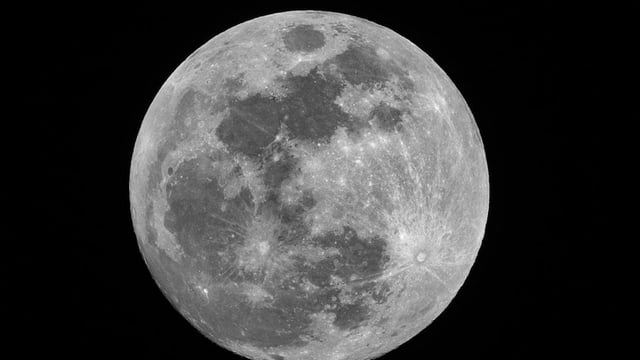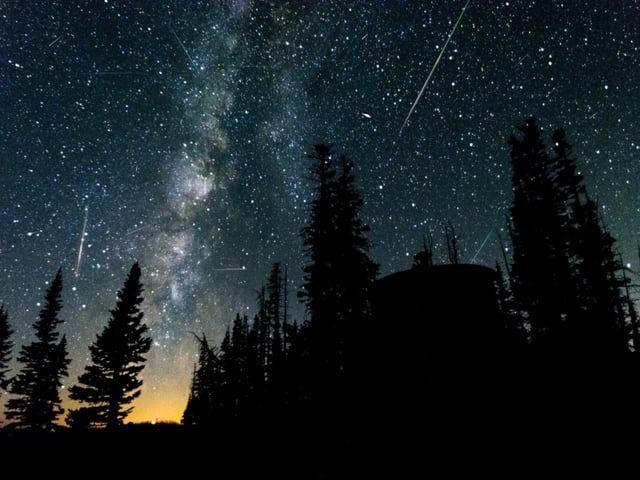Overview
- The U.S. Naval Observatory sets the peak at 2:06 a.m. EDT on Aug. 23 (6:06 a.m. GMT), and the moon will be invisible because its sunlit side faces away from Earth.
- This occurrence is the third new moon in a season that contains four, a pattern seen about every 33 months; the label is informal and can also mean the second new moon in one month.
- Moonless conditions favor viewing the Milky Way and faint deep‑sky targets like the Dumbbell Nebula (M27), with meteor spotting possible where weather cooperates.
- For planning ahead, the next monthly event falls on Aug. 31, 2027, the next seasonal one on Aug. 20, 2028, and a Metonic‑cycle repeat on Aug. 23, 2044 coincides with the next U.S. total solar eclipse.
- Astronomers emphasize this is routine lunar timing with no ominous meaning, countering astrological or doomsday claims with basic phase and calendar mechanics.



